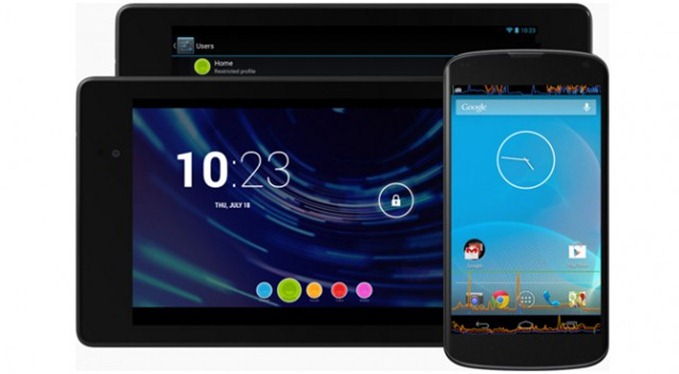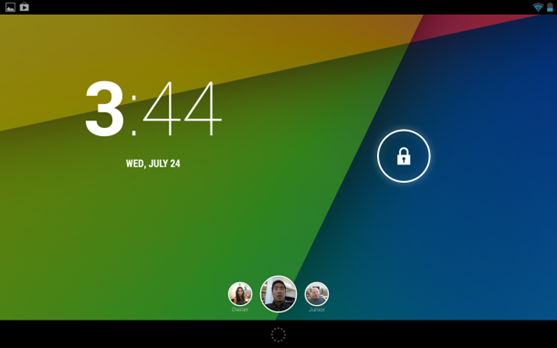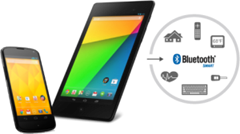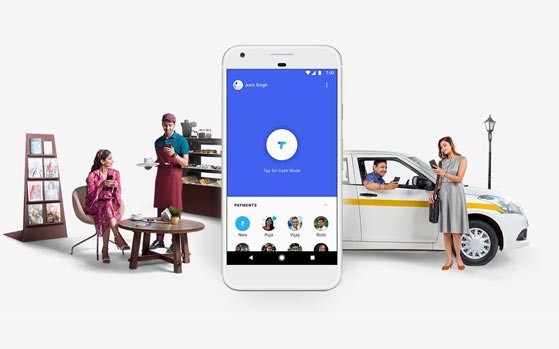 Unlike previous versions of Android, 4.3 Jelly Bean leaked all over the place before the official announcement. A full system ROM was even extracted from a few internal Google devices and made available online. Android 4.3 might not be the biggest update, but it’s still something to look forward to.
Unlike previous versions of Android, 4.3 Jelly Bean leaked all over the place before the official announcement. A full system ROM was even extracted from a few internal Google devices and made available online. Android 4.3 might not be the biggest update, but it’s still something to look forward to.
Officially, Android 4.3 is still a version of Jelly Bean, which makes sense, considering the minor nature of its changes. But of course, this may disappoint Android fans whose mouths have been watering for Key Lime Pie since Google I/O in May.
Performance Improvements
With the first version of Jelly Bean, Google introduced us to Project Butter. This was a unified effort to streamline UI responsiveness with extra buffering and hardware acceleration. In 4.3, Project Butter has been enhanced with rewritten vsync timing, triple buffering, reduced touch latency, CPU input boost, and hardware-accelerated 2D rendering.
Android 4.3 includes support for OpenGL ES 3.0, which makes Android the first mobile platform to support this standard. Game developers working with the native development kit (not running code through the Java virtual machine) will be able to take advantage of many new features.
The new version of OpenGL allows apps to render higher-quality visuals and deeper textures on the same hardware. It should also make advanced native games run on a wider range of devices, assuming they are running Android 4.3 — which most won’t be.
Multi-User Restricted Profiles
The biggest addition to Android 4.3 is the Multi-User Restricted Profiles feature, which lets you control the usage of apps and other content on a user level. Multiple user profiles were already available in 4.2.2, but the ability to create restrictions has long been requested, so it’s sure to be a big hit.
The people most obviously to benefit from the new profile controls are parents. We saw this in Google’s demo; being logged into a restricted user profile caused an app to behave differently. Specifically, a freemium game showed up without all of the in-app purchasing functionality, which is clearly going to be useful for parents with young children who use the device.
From the primary user’s Settings screen, it’s easy to configure a restricted account’s access using the sliders. And if an app offers in-app restrictions (such as the games mentioned above), then there’s a button for extra options next to it.
With Restricted Profiles, Google is obviously trying to lure more users — specifically parents and businesses — away from iOS, a platform that still lacks a user profiles feature altogether. As well, the feature opens a number of doors to developers who can now create in-app restrictions.
Open GL ES 3.0
A big deal for gamers, Open GL ES 3.0 makes the new version of Android more efficient and just plain better at displaying graphics. Google’s demo showed us impressive textures, lens flares, and reflections that the older OS would have had trouble displaying. While the upgraded graphics might be indiscernible to the average user, Open GL ES support is still important because of the new possibilities it opens up for developers.
Bluetooth Smart technology
 Support for Bluetooth Smart technology is another addition to Android 4.3 that wasn’t all that unexpected, considering it’s been available on iOS since early 2012. With this, the updated Android now allows you to connect with the newer generation of power-efficient accessories that use Bluetooth Smart. And of course, the Smart connection should be less taxing on your Android device’s battery. During Google’s presentation, we saw an Android device connecting with a Bluetooth Smart-enabled heart-rate monitor that was being powered by the popular Runtastic fitness app.
Support for Bluetooth Smart technology is another addition to Android 4.3 that wasn’t all that unexpected, considering it’s been available on iOS since early 2012. With this, the updated Android now allows you to connect with the newer generation of power-efficient accessories that use Bluetooth Smart. And of course, the Smart connection should be less taxing on your Android device’s battery. During Google’s presentation, we saw an Android device connecting with a Bluetooth Smart-enabled heart-rate monitor that was being powered by the popular Runtastic fitness app.
The update also came with Bluetooth AVRCP 1.3 support, which lets your device now transmit metadata, like a song’s title and artist, to Bluetooth controllers.
New DRM
Android is an open platform, but it also has to work in the real world. To those ends, Android 4.3 includes new media DRM APIs. App developers will be able to more easily integrate DRM standards into their streaming services, which are often required to provide high-resolution video.
As if to prove to us that more DRM in Android can be a good thing, Google announced at the event that the first app to make use of this feature is Netflix. The new version, which was quietly pushed on Monday, has support for the advanced DRM in Android 4.3. This allows the app to stream 1080p video. On other devices, it will still stream in standard definition.
Hindi support lands on Android 4.3
Google has introduced native local language support to its operating system for Africaans, Amharic, Hindi, Swahili and Zulu. Hindi has finally reached the stock Android operating platform.
With the update, Google has also added support for Hebrew and Arabic (right-to-left) in the home screen, Settings, Phone, People, and Keep apps.
Additional
First up, is Android’s dialer, which now has autocomplete for both phone numbers and names. I haven’t gotten to try the feature on a phone yet, but its presence in 4.3 is confirmed, and the added convenience is notable. That said, the reality is that most Android users may not even notice the upgraded dialer, since autocomplete has already come built into the custom operating systems by hardware manufacturers like Samsung.
One feature that Google didn’t formally announce is the new Emoji keyboard, which comes stock with the OS and can be enabled through the Language & input menu under Settings. Once enabled, you can long-press the spacebar key to pull it up and emote to your heart’s content.
When I will get it ?
If you have a Nexus 4, GSM Galaxy Nexus, or original Nexus 7, the update is going to be rolling out over the air to your device very soon. The new Nexus 7 will ship with 4.3 pre-installed, but that’s not leaving warehouses until July 30.
Android 4.3 root using SuperSU via xda
If you’re using any other Android device, you’ll have to wait on your OEM and maybe the carrier to get around to developing and approving a new OS version. That could take a few months, or it might never happen. Owners of newer devices like the HTC One and Galaxy S4 will get the update at some point.
If you don’t want to wait with fingers crossed, the code for 4.3 has already been pushed to the Android Open Source Project, where it will be picked up by ROM developers. Give them a week or two, and 4.3-based ROMs such as CyanogenMod will start hitting the web.



